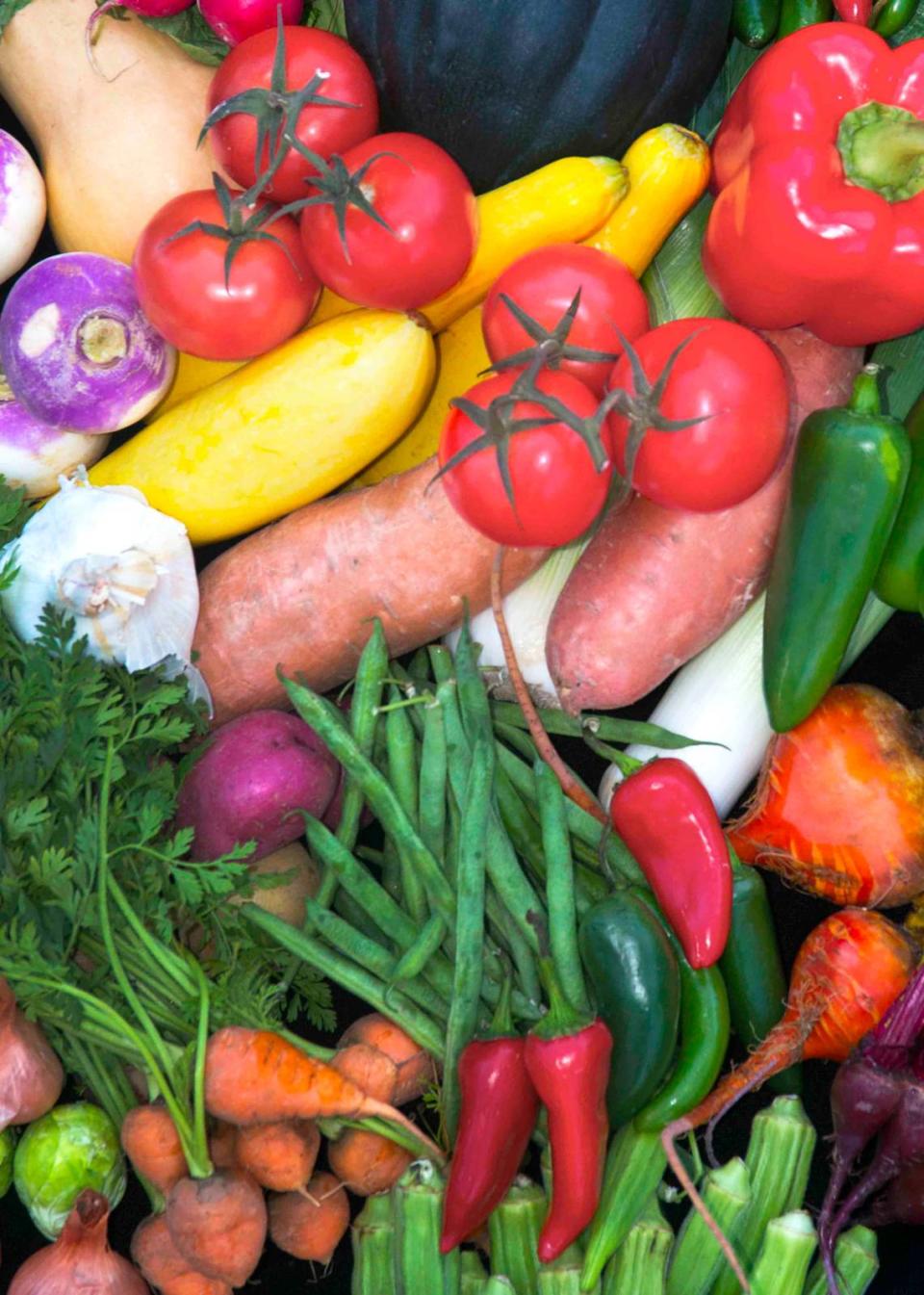Serious about growing your own vegetables? Season starts now in North Texas
If this is really going to be the year that you get serious about raising garden-fresh vegetables, put in the key and get the engine started. The race is about to begin and your first crops are ready to grow.
Putting a successful garden in the ground is about like building a house. It all comes in its own due time. In both cases, it starts with the “dirt work.” Your vegetable garden will only be as good as the soil you prepare for it. Vegetables merit the best bed preparation you can provide. Just to drive the point home, I’ve adopted the term “heroic soil preparation” for vegetables, flowers and other plants whose roots are shallow and compact. They need all the help we can give them here in Texas.
Rototill to a depth of 10 to 12 inches. Rear-tine tillers work best because they do a far better job of pulverizing the soil. They’re large, cumbersome and expensive, so you might opt just to rent one, but however you do it, till the soil until it has a very fine texture.
Start with a sunny location that’s near a faucet. Incorporate five or six inches of organic matter into a first-time vegetable garden and half that much if you’re reworking one you used a year or two ago. “Organic matter” includes such things as well-rotted compost, finely ground pine bark, thoroughly decayed manure, and sphagnum peat moss. If you’re amending a clay soil, as most of us are, you’ll also want to include 1 inch of expanded shale. Rototill again to blend all of that into that top foot of native soil and you’ll have a mixture that’s almost like the finest potting soil.
To ensure perfect drainage you will want to keep your vegetable garden several inches above the surrounding grade. You can do that by raising the planting bed and enclosing it in a border of river rock or pressure-treated lumber. If you’re concerned about products used to slow decay in the wood, line the bed with polyethylene plastic. You could also just mound the soil up with your garden rake.
A current trend is to plant in raised planters. Many gardeners are using watering troughs, but there are specially made metal beds that are reinforced and treated to resist rust and corrosion. In many cases can get several additional years of service by coating the insides of these boxes with pruning sealant prior to planting.
Fill your garden bed planter with the same type of soil as described earlier. You’ll want more than 10 or 12 inches of depth, however, since that will be the gardens’ only reservoir of moisture and nutrients.
Choose the crops you will grow carefully.
Space become precious when you’re preparing vegetable garden soils. For that reason you’ll want to limit yourself to crops your family really likes, also to types that are very productive in small areas. Sweet corn, for example, requires large blocks of plants in at least a 20x20-ft. square to ensure good pollination. Watermelon plants gobble up ground, as does okra.
It’s best, whenever possible, to plant hybrid varieties. They’ve been bred for increased productivity, better flavor, insect and disease resistance, and other desirable features. Heirloom vegetables are not normally a good investment.
Put proper planting dates on the calendar!
Nowhere in all your gardening activities will planting dates be any more important than it will in your vegetable garden. You can plant most trees and shrubs 12 months a year. You can plant turfgrasses for five months of late spring, summer, and early fall.
But when it comes to your vegetables, each crop has a planting window of two to three weeks. Because of our hot weather of late spring and summer, this is absolutely non-negotiable. If for any reason you slip up and miss the preferred planting date for one of your crops, you’ll have a decision of whether to take a big risk by planting it late, or perhaps just bypassing it entirely and replacing it with something with better odds for that date.
With that in mind, let’s look at the spring planting season at each of the stopping points and develop a list of the crops that you’d want to plant at each of them. I’d suggest you scan through the list, and when you see a vegetable your family enjoys, mark it down on your calendar so you’ll know when its time rolls around.
Keep in mind, these dates are relative to the average date of the last killing freeze. In the Metroplex area that’s around March 20. That’s the date at which you have a 50-50 chance of having at least one more killing freeze. If you’re reading this from another area where that date is earlier or later, adjust the following vegetable planting dates accordingly:
Jan. 20-Feb. 5: Onions, snap-style English peas.
Feb. 10-20: Irish potatoes, cabbage, broccoli, Brussels sprouts, cauliflower, collards, kohlrabi, kale.
Feb. 20-Mar. 5: Beets, radishes, carrots, spinach, leaf lettuce, chard, mustard, other leafy and root vegetables.
Mar. 20-31: Tomatoes, peppers, sweet corn, green beans, squash, melons, cucumbers, pumpkins.
April 1-30: Sweet potatoes, eggplant, southern peas, okra.
Figuring back from the average date of the first killing freeze in North Texas in the fall (Nov. 20 in the Metroplex) we can develop a similar fall planting schedule. I’ll save that for a later date but know that the first plantings will come up July 1 when you set out tomato transplants and when you plant small and mid-sized pumpkins from seed.



